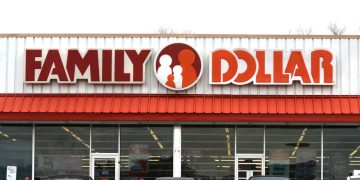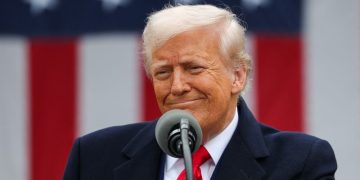Inflation-weary Americans may soon find they’re paying more for a host of products after President Trump announced two new types of tariffs on April 2, a day he termed “Liberation Day” because he believes the measures will erase trade imbalances between the U.S. and other nations.
While Mr. Trump characterizes tariffs as paid by other nations, they are in fact paid by U.S. importers, such as Walmart or Amazon. Because the tariffs create higher costs for those businesses, they typically pass on all or some of the tariffs to consumers through price hikes.
The new tariffs introduced by Mr. Trump on Wednesday include a 10% universal tariff, as well as so-called reciprocal tariffs on more than 60 countries that are trade partners with the U.S. The tariffs will be additive, meaning that imports will face both the universal tariff of 10% plus the specific reciprocal import levies targeting each nation.
During his announcement, Mr. Trump’s said the tariffs will would eventually lower prices for Americans, an issue on which voters say they want him to focus. But economists are predicting instead that consumers and businesses will likely encounter higher inflation, with price hikes on everything from food imports like coffee and chocolate to iPhones and other electronics manufactured outside the U.S.
“For all of President Trump’s talk of a new ‘golden age,’ this huge tax increase will inevitably result in higher prices for American families, lower growth and business investment,…



























































